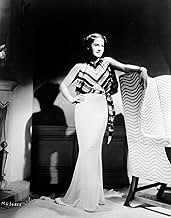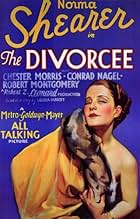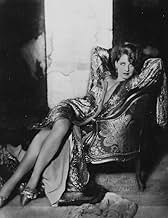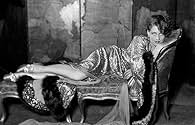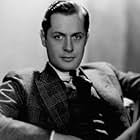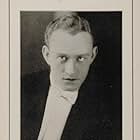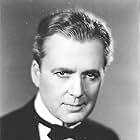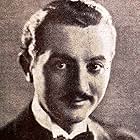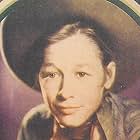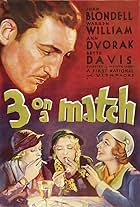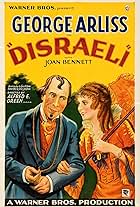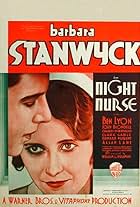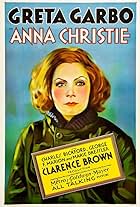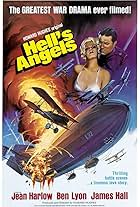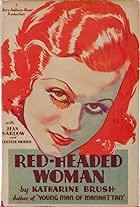IMDb RATING
6.7/10
3.8K
YOUR RATING
When a woman discovers that her husband has been unfaithful to her, she decides to respond to his infidelities in kind.When a woman discovers that her husband has been unfaithful to her, she decides to respond to his infidelities in kind.When a woman discovers that her husband has been unfaithful to her, she decides to respond to his infidelities in kind.
- Won 1 Oscar
- 1 win & 3 nominations total
Judith Wood
- Dorothy
- (as Helen Johnson)
Neal Dodd
- Hospital Minister
- (uncredited)
Charles R. Moore
- First Porter Opening Window
- (uncredited)
Lee Phelps
- Party Guest
- (uncredited)
George Reed
- Second Porter
- (uncredited)
Andy Shuford
- Boy at Lake
- (uncredited)
Carl Stockdale
- Divorce Judge
- (uncredited)
Storyline
Did you know
- TriviaUrsula Parrott's novel "Ex-Wife" was a runaway bestseller in 1929. MGM was a little wary of being too closely associated with such a racy novel so did not credit the source book directly. Instead the screen credit reads "Based on a novel by Ursula Parrott".
- Goofs1928 was Jerry's 3rd Wedding Anniversary, yet, the band in the nightclub/speakeasy is playing "Happy Days are Here Again" which was not composed for another year.
- Quotes
Jerry Bernard Martin: I've balanced our accounts.
- Alternate versionsMetro-Goldwyn-Mayer also released this film in a silent version. No details are available.
- ConnectionsFeatured in MGM: When the Lion Roars (1992)
- SoundtracksSingin' in the Rain
(1929) (uncredited)
Music by Nacio Herb Brown
Lyrics by Arthur Freed
Played on the radio
Tyler Brooke also dances and strums an instrument to the music
Featured review
The dramas of the early sound era were often awkward, phoney-looking things. A lot of this has to do with the acting. Most actors were of course experienced in silent cinema, but a lot of players with stage experience had also been brought in as was deemed appropriate for "talkies". Silent screen acting tended to be over-the-top so that meaning could be expressed without words, and stage acting also tended to be over-the-top so that meaning could be expressed to people sitting in the back row. But this excessive style didn't really work in the more authentic setting of sound cinema. Of course, movie people weren't stupid; they were aware of what did and didn't work and the industry adapted quicker than is sometimes thought.
And of course, there were some actors and actresses who simply seemed to get the hang of it straight away. Norma Shearer was among a small number who survived the transition from silents to talkies with her career completely intact. One thing Shearer had was a remarkable presence – she's able to project herself with just a simple gesture or pose, and in The Divorcée she's often standing with her shoulders slightly forward in understated aggression. And within this context she is able to give a restrained performance, conveying a great deal but with a degree of credibility that makes the drama seem more believable. Shearer deservedly won the Academy Award for her work here. Compare her to previous year's winner Mary Pickford in Coquette, a slice of ham from a bygone era, and you can see how much things have changed.
Let's also take a look at the director Robert Z. Leonard. He's not too well remembered these days because he isn't deemed an auteur, but at the time he was among the forefront of Hollywood professionals. Two things in particular are worth noting about his style in The Divorcée. First is that he uses a lot of camera movement to really engage us in a scene (who says early sound films were static?), often using a noteworthy pan as a character appears. Secondly, he gives us an awful lot of the interplay between characters in simple wordless glances between them, for example the jealous look of Conrad Nagel when Shearer and Chester Morris announce their betrothal, or later a silent, spiteful exchange between Shearer and Mary Doran. There was a temptation for talkie directors to shoot things before the assembled actors as if for a stage play, but here Leonard is making subtle close-ups that cut across the action, and in so doing giving depth to the story outside of the dialogue.
This picture is now often classified as a "pre-code" movie for its depiction of Shearer's promiscuity after she becomes the titular divorcée, although even by the standards of the day it's pretty tame. However, thanks to its fluid direction and naturalistic acting, it is nevertheless a movie that seems a few steps ahead of its time, and points towards the increasingly sophisticated sound cinema of the 1930s.
And of course, there were some actors and actresses who simply seemed to get the hang of it straight away. Norma Shearer was among a small number who survived the transition from silents to talkies with her career completely intact. One thing Shearer had was a remarkable presence – she's able to project herself with just a simple gesture or pose, and in The Divorcée she's often standing with her shoulders slightly forward in understated aggression. And within this context she is able to give a restrained performance, conveying a great deal but with a degree of credibility that makes the drama seem more believable. Shearer deservedly won the Academy Award for her work here. Compare her to previous year's winner Mary Pickford in Coquette, a slice of ham from a bygone era, and you can see how much things have changed.
Let's also take a look at the director Robert Z. Leonard. He's not too well remembered these days because he isn't deemed an auteur, but at the time he was among the forefront of Hollywood professionals. Two things in particular are worth noting about his style in The Divorcée. First is that he uses a lot of camera movement to really engage us in a scene (who says early sound films were static?), often using a noteworthy pan as a character appears. Secondly, he gives us an awful lot of the interplay between characters in simple wordless glances between them, for example the jealous look of Conrad Nagel when Shearer and Chester Morris announce their betrothal, or later a silent, spiteful exchange between Shearer and Mary Doran. There was a temptation for talkie directors to shoot things before the assembled actors as if for a stage play, but here Leonard is making subtle close-ups that cut across the action, and in so doing giving depth to the story outside of the dialogue.
This picture is now often classified as a "pre-code" movie for its depiction of Shearer's promiscuity after she becomes the titular divorcée, although even by the standards of the day it's pretty tame. However, thanks to its fluid direction and naturalistic acting, it is nevertheless a movie that seems a few steps ahead of its time, and points towards the increasingly sophisticated sound cinema of the 1930s.
- How long is The Divorcee?Powered by Alexa
Details
Box office
- Budget
- $340,691 (estimated)
- Runtime1 hour 24 minutes
- Color
Contribute to this page
Suggest an edit or add missing content



